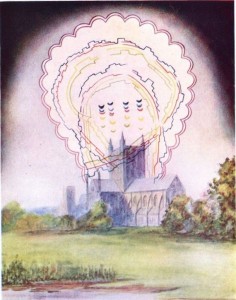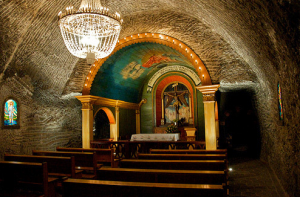“Forms clothed in the living light of other worlds”
We don’t know about you, but we’re thinking that any book that claims to “to paint in earth’s dull colours the forms clothed in the living light of other worlds,” and that deals specifically with Victorian occultism and the mysterious phenomenon of synesthesia, is worth a look-see…
…and so, behold –
Victorian Occultism and the Art of Synesthesia
“Grounded in the theory that ideas, emotions, and even events, can manifest as visible auras, Annie Besant and Charles Leadbeater’s Thought-Forms (1901) is an odd and intriguing work. Benjamin Breen explores these “synesthetic” abstractions and asks to what extent they, and the Victorian mysticism of which they were born, influenced the Modernist movement that flourished in the following decades.
“I have always considered myself a voice of what I believe to be a greater renaissance — the revolt of the soul against the intellect — now beginning in the world,” wrote William Butler Yeats to his mentor, the Irish nationalist John O’Leary, in 1892. Yeats believed that magic was central not only to his art, but to a dawning epoch when spirituality and technology would march together toward an uncertain future.
Thought-Forms, a strange, beguiling, frequently pretentious, utterly original book first published in 1901, emerged from this ferment of late-Victorian mysticism. It was written by Annie Besant and Charles Leadbeater, erstwhile members of the London Theosophical Society alongside Yeats, and it features a stunning sequence of images that illustrate the book’s central argument: emotions, sounds, ideas and events manifest as visual auras.
The book’s grand ambitions are evident from the first page. “To paint in earth’s dull colours the forms clothed in the living light of other worlds,” Besant laments, “is a hard and thankless task.” She insists that the images in the book “are not imaginary forms, prepared as some dreamer thinks that they ought to appear.” Rather, “they are representations of forms actually observed as thrown off by ordinary men and women.”
– See the rest, here, courtesy of one of our favorite sites: The Public Domain Review.
Share


